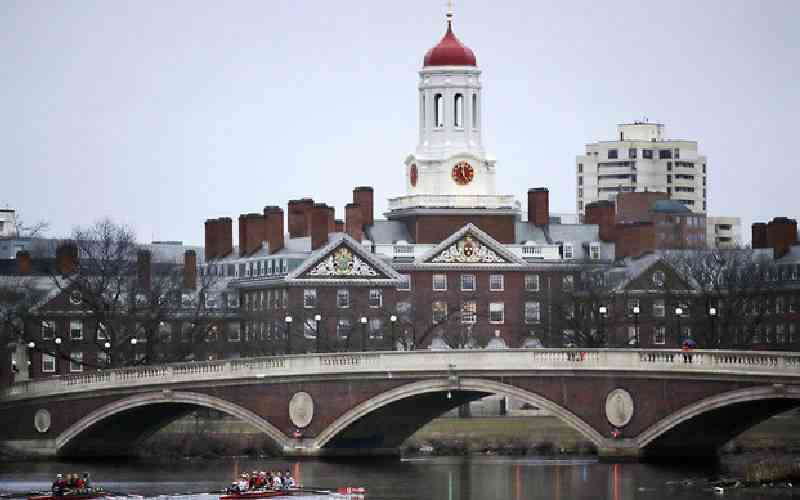
Every year, Times Higher Education (THE) asks many thousands of academics across the world to name the very best universities, based on their subjective - but expert - judgement. Every year, something quite remarkable happens.
From close to half a million individual votes from over 100 countries cast in THE's global Academic Reputation Survey, and from a potential population of around 30,000 higher education institutions, just six universities - from only two countries - stand-out as being truly renowned academic brands. The six "global university super-brands" as we have come to call them, fall in the following order in the 2022 edition of the rankings out this week: Harvard in first place; followed by Massachusetts Institute of Technology; Stanford; Oxford; Cambridge and then the University of California Berkeley.